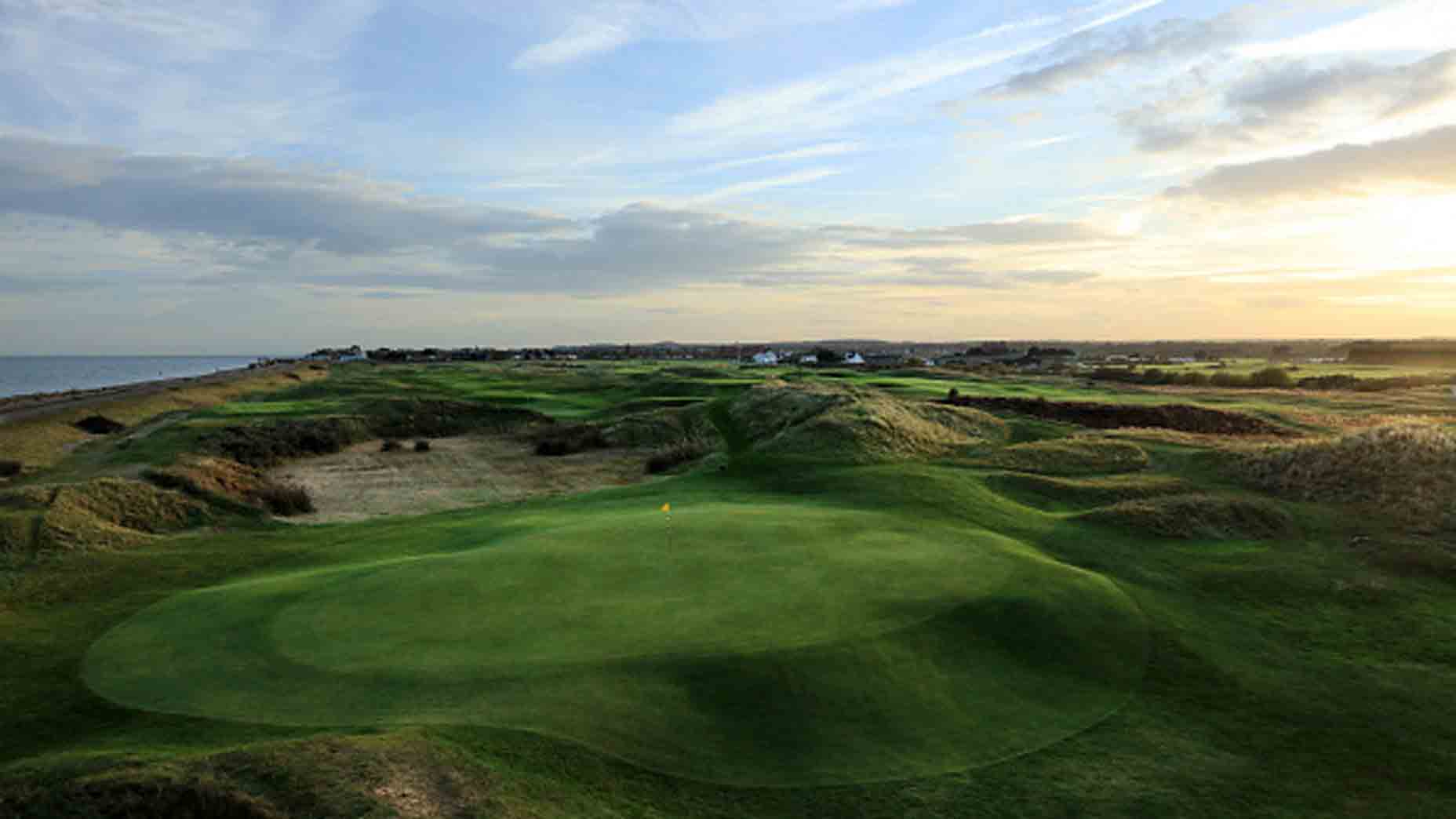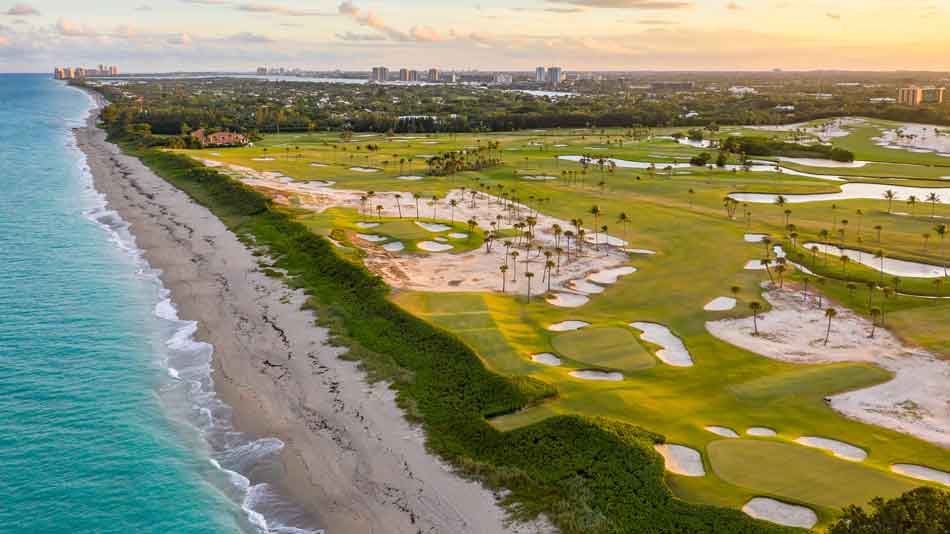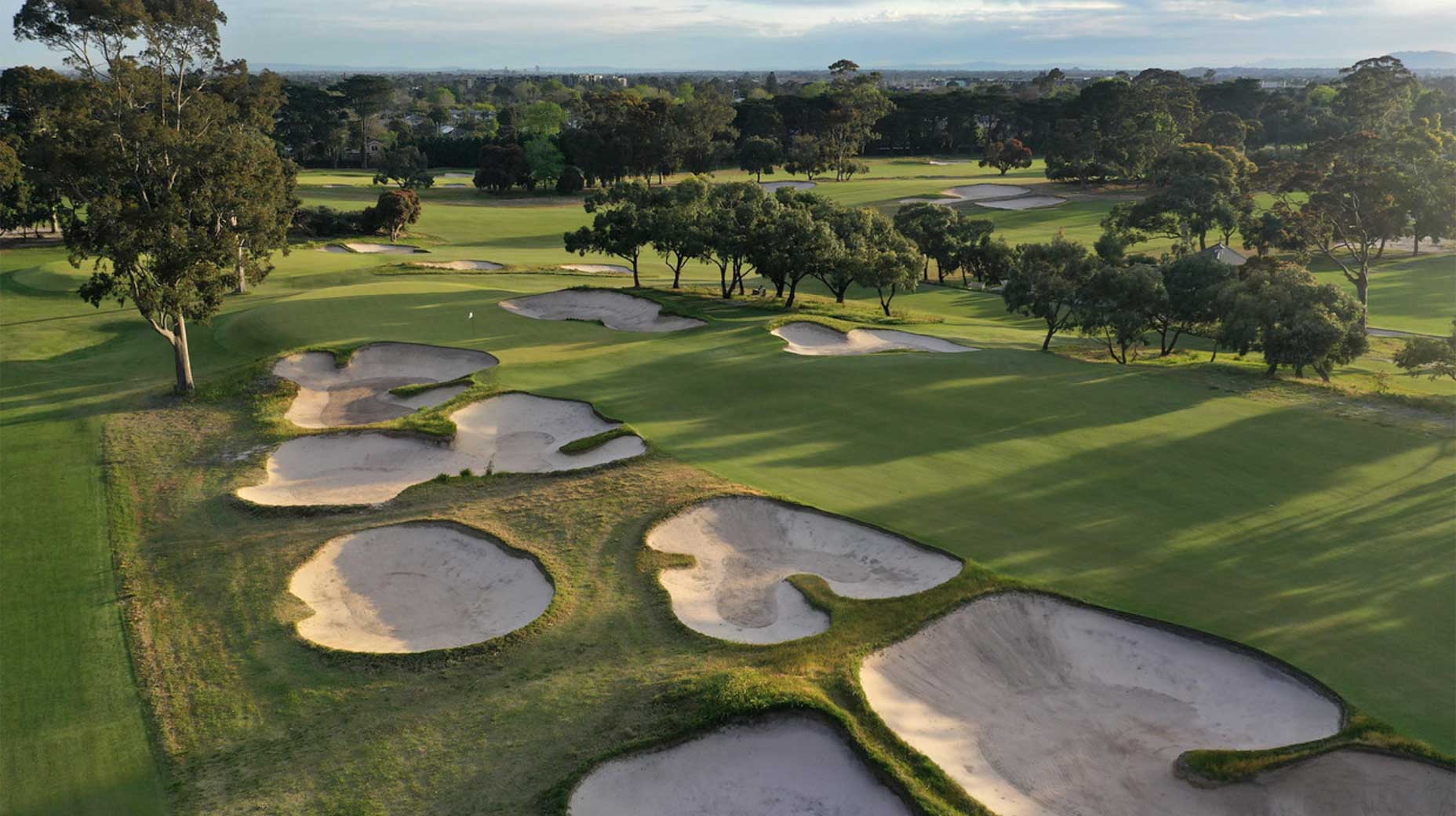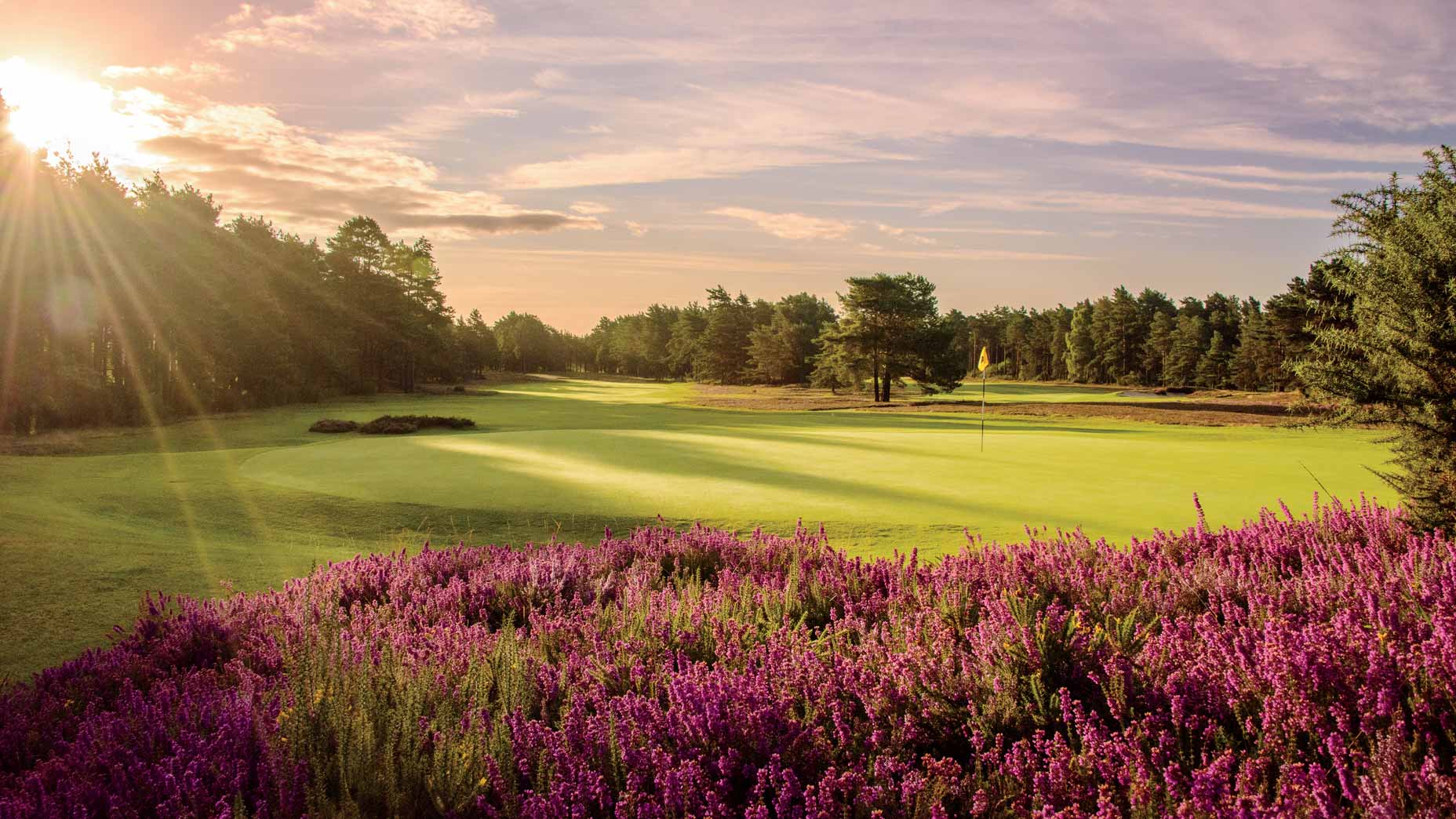What’s it like playing every Top 100 course in the U.S.? We asked a man who just did it
- Share on Facebook
- Share on Twitter
- Share by Email
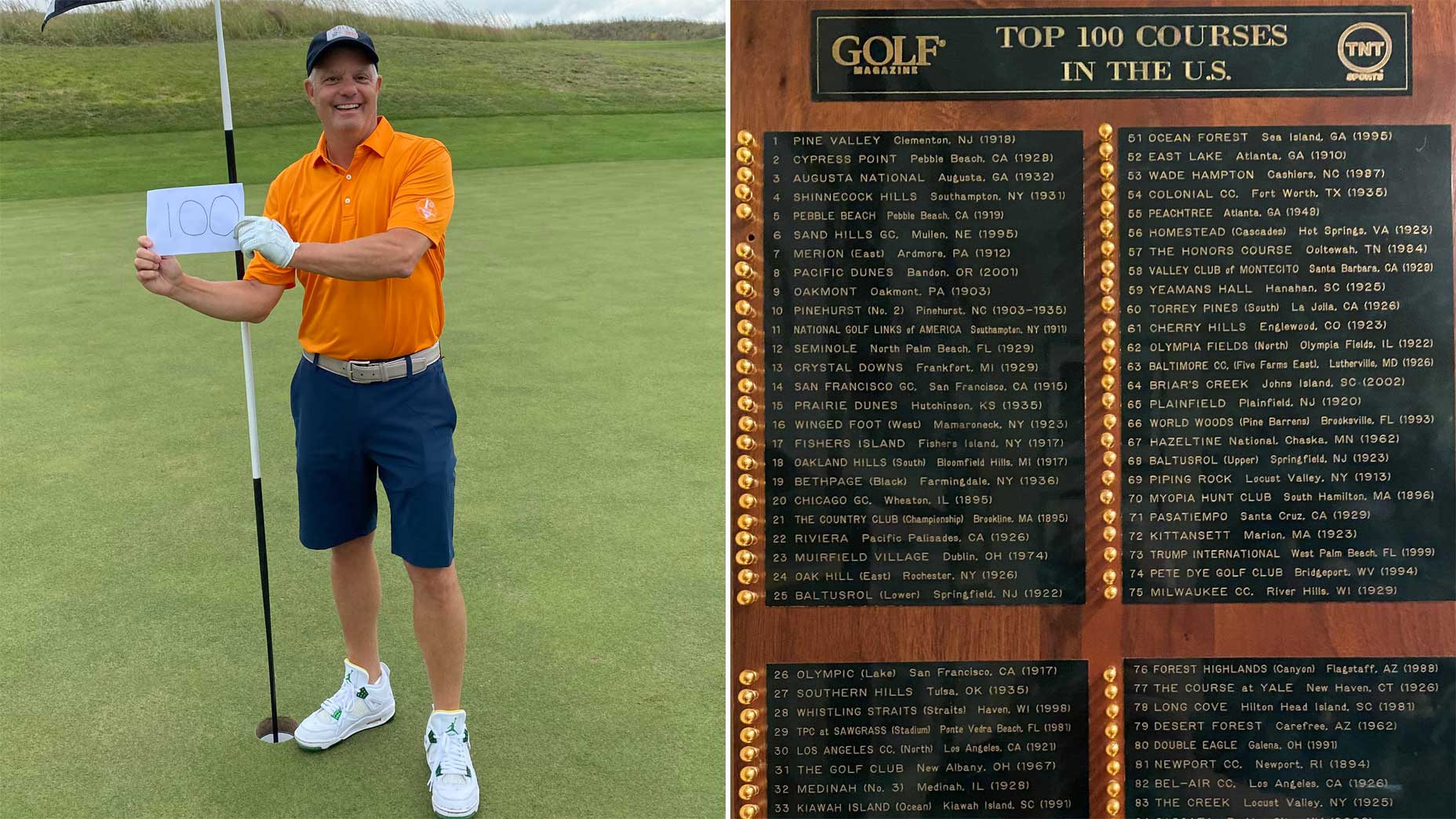
Playing any Top 100 Course is a treat, but checking them all off the list is almost unheard of — unless you're David Levy.
David Levy
There’s nothing like playing a Top 100 course. Every shot you hit is special (even the embarrassing ones) and you create memories that last a lifetime. On top of that, you get plenty of fun stories to take back to your regular foursome about the day you had on one of golf’s elite properties.
What’s next for GOLF’s Top 100 Courses in the World? There’s a lot to look forward toBy: Ran Morrissett
If you’re lucky, you’ll get the opportunity to play on some of these iconic tracks — a handful are public, after all. But for some courses, you have better chances of signing your Christmas cards at the Resolute Desk than snagging a tee time. And that’s exactly what makes playing all of the Top 100 Courses in the U.S. even more special.
Enter David Levy. For the renowned sports business executive (and former president of Turner Sports), playing Top 100 courses was like collecting trading cards — and he wanted to collect them all.
Levy began his journey in 2006, and he even made a peg board to track his progress. In September of this year, right around the time GOLF unveiled its newest Top 100 Courses in the World ranking, he finally completed his mission.
At the conclusion of Levy’s epic quest, GOLF.com caught up with him to get all the details. Below is a portion of our Q&A session with the man who’s played all of the best courses in America.
This conversation has been slightly edited for length and clarity.
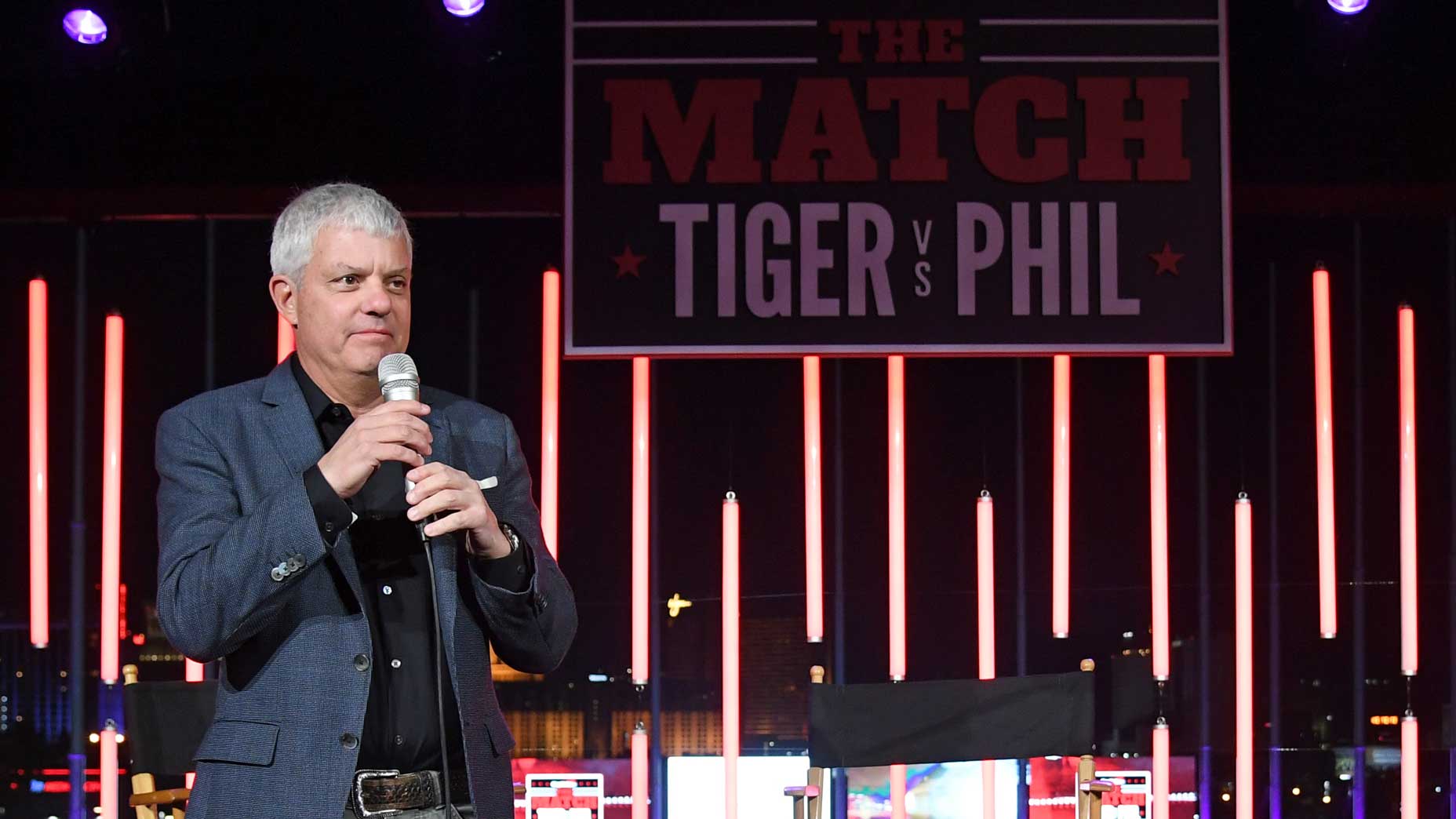
GOLF.com: How did this journey begin?
David Levy: Well back in 2006, I was reading GOLF Magazine and looked at one of their issues with the Top 100 Courses in the United States, and as I’m reading through it I notice I probably had three or four of them already checked off at the time. And I thought, “What a great premium item it would be to design a peg board [Ed. note: GOLF Magazine rolled out similar boards in the 1990s] that would list all of the courses and where they were located.” … It turned into a great bonding experience [with friends].
G: How did you get onto a lot of these courses? Many of them are extremely private and difficult to even get in the door.
DL: Well, being the president of Turner Sports and having a relationship with the PGA of America, people there were very helpful and instrumental because they knew the local pro or something of that nature and we were able to work with the courses to get access. And then just through friends or clients who were members at these courses or knew members at other clubs … When you have this quest you just keep pushing and finding ways.
G: What was the most difficult course to get on?
DL: They’re all hard, because some you have to play with a member, while others will let you play unattended. One of the ones I had to line up a few times because you need to play with a member is Chicago Golf Club, and they don’t have a lot of members. Just lining up the schedule where I was in Chicago and the member was as well made it difficult. If I lived in Chicago, I don’t know that it would be as hard. But they’re all difficult, and you need relationships with people in various shapes and forms.
G: What was your favorite course?
DL: I don’t want to say favorite, but I will give you my top five, unranked. And I want to rank them by a few criteria. It’s not all the golf course, it’s ranked by these five variables: 1. The course itself. 2. The experience of the whole day. 3. The clubhouse. 4. The food. 5. The people. Those are my five. And if I wanted to do a top five based on that criteria, I’d say Augusta National, Pine Valley, Cypress, Fishers Island and San Francisco Golf Club.
G: What’s an underrated course that you enjoyed on the list?
DL: Myopia Hunt Club is one of those. Crystal Downs is one of those, where I wouldn’t have thought to go there. And then Milwaukee Country Club is another. I was really impressed by those three.
G: What’s the best advice you have for someone trying to follow in your footsteps and play all of the Top 100?
DL: You’ve got to stay determined, and you’ve got to stay focused, and be relentless. Don’t get overly disappointed if things don’t work out, because eventually they do. And don’t put a time limit on it. It may take 15 years — it may take 35 years.
G: So what’s next?
DL: I think I want to take a breather (laughing).
Latest In Travel

Zephyr Melton
Golf.com Editor
Zephyr Melton is an assistant editor for GOLF.com where he spends his days blogging, producing and editing. Prior to joining the team at GOLF, he attended the University of Texas followed by stops with the Texas Golf Association, Team USA, the Green Bay Packers and the PGA Tour. He assists on all things instruction and covers amateur and women’s golf. He can be reached at zephyr_melton@golf.com.





